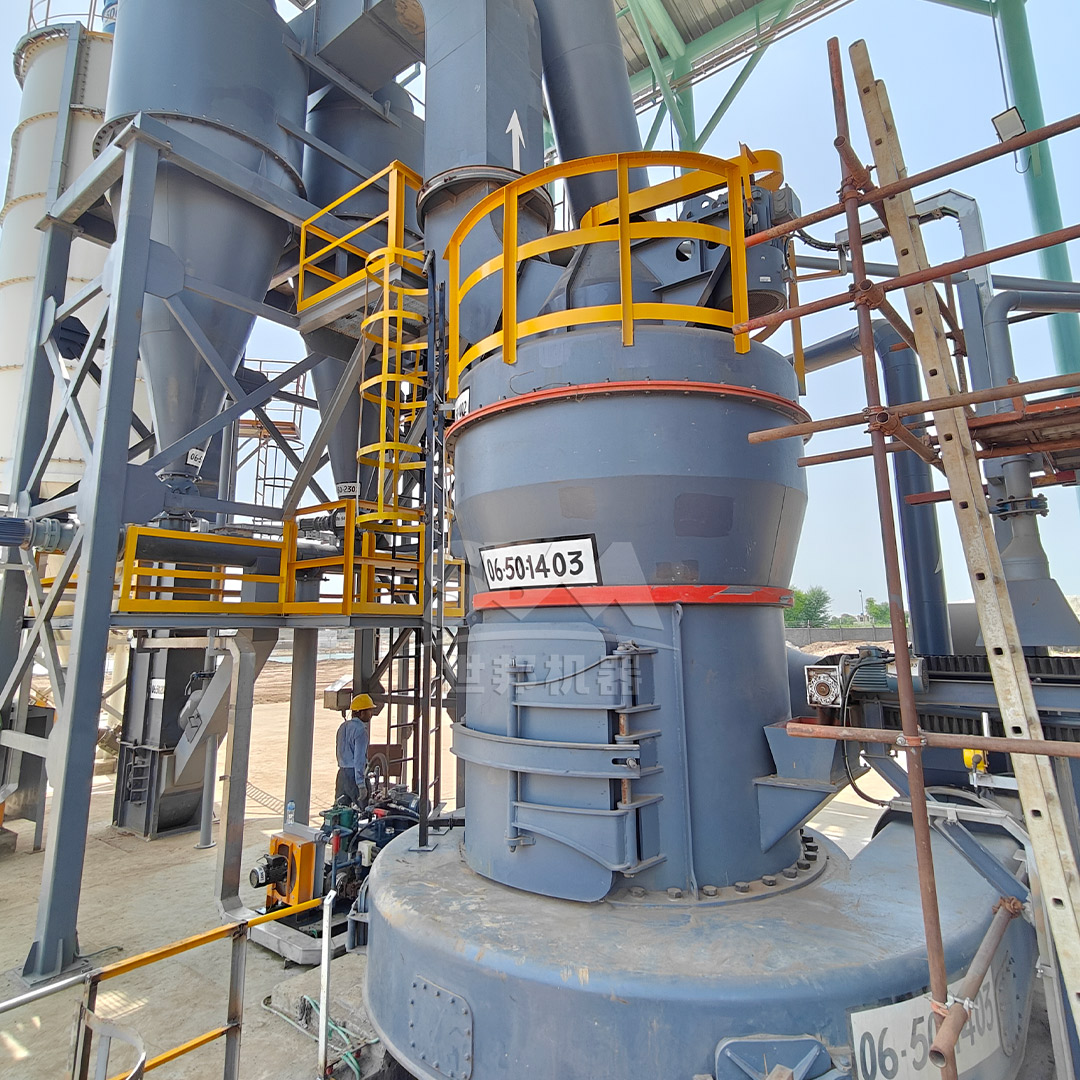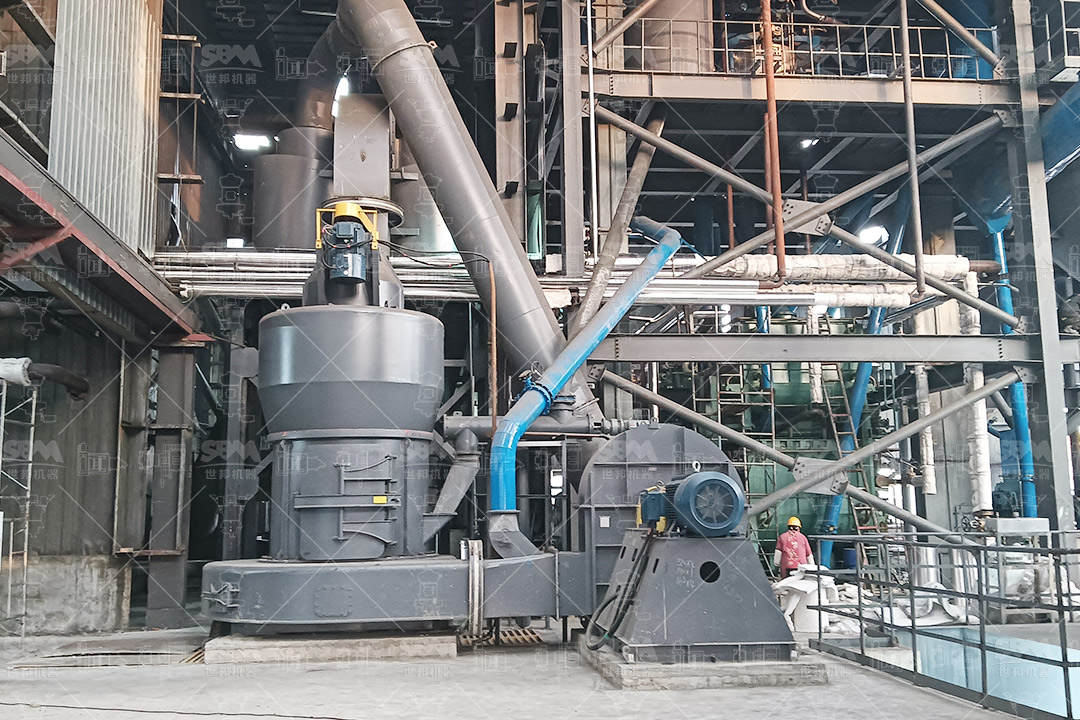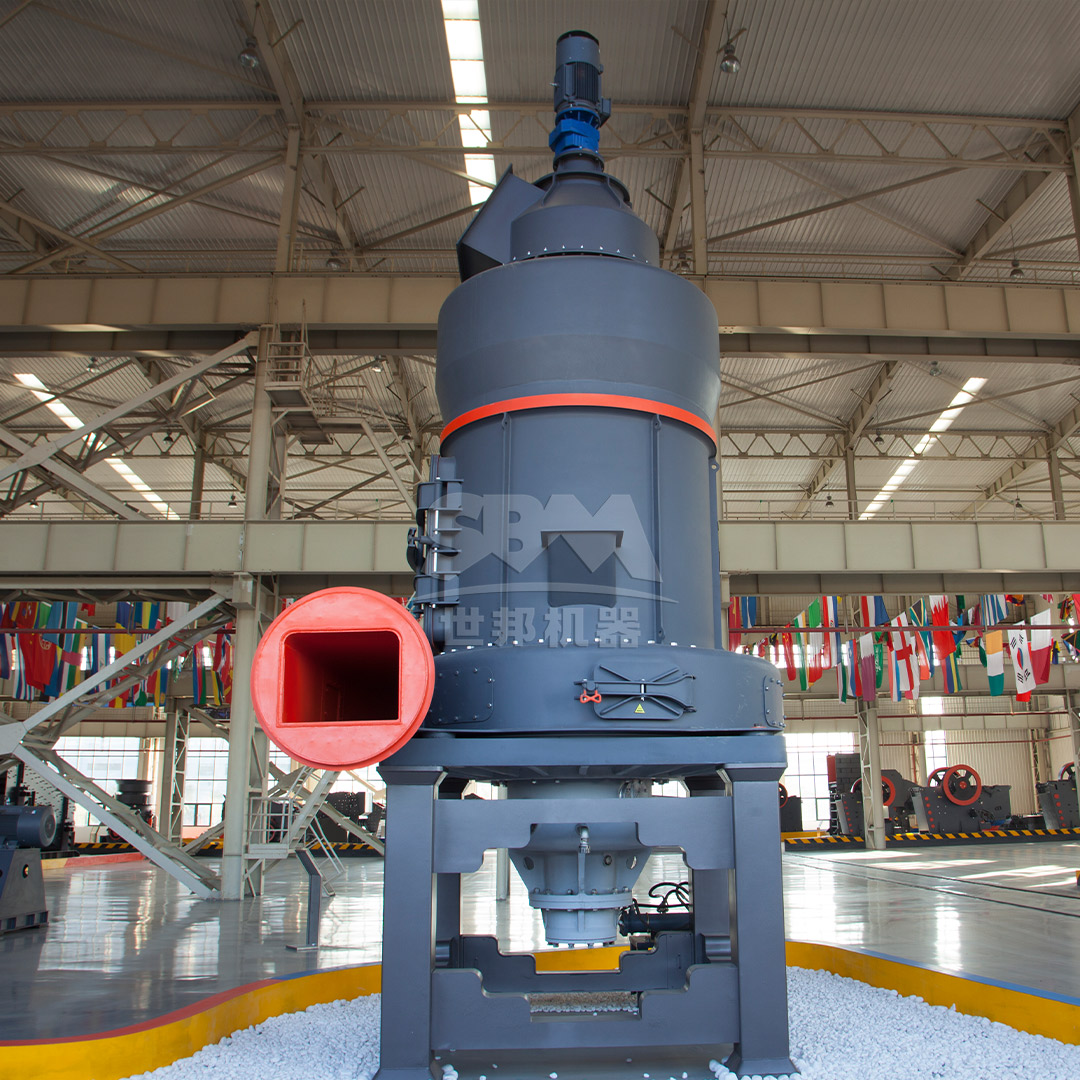In the rapidly evolving world of industrial coatings, anti-static properties have become increasingly crucial across multiple sectors including electronics manufacturing, aerospace, healthcare facilities, and explosive environments. Carbon black, with its exceptional electrical conductivity and pigment properties, serves as the primary functional filler in these specialized coatings. However, the effectiveness of carbon black in anti-static applications is directly proportional to its particle size distribution and dispersion quality, making the selection of appropriate grinding equipment a fundamental determinant of final product performance.
The production of high-quality anti-static coatings demands precise control over carbon black particle characteristics. Suboptimal grinding can lead to inadequate dispersion, particle agglomeration, and inconsistent conductivity, ultimately compromising the coating’s protective and functional properties. This technical paper examines the specialized requirements for carbon black grinding in anti-static coatings production and presents advanced milling solutions that address these challenges.

Anti-static coatings require carbon black particles with specific size characteristics to form continuous conductive networks within the polymer matrix. The ideal particle size range typically falls between 0.5-5 micrometers, with a narrow distribution curve to ensure uniform conductivity. Particles that are too large may sediment or create uneven coating surfaces, while excessively fine particles can increase viscosity and processing difficulties.
Carbon black naturally tends to form strong agglomerates due to van der Waals forces and surface chemistry. Effective grinding must not only reduce particle size but also break down these agglomerates without causing excessive heat generation that could degrade the material. The grinding process must achieve complete dispersion to establish the percolation threshold necessary for consistent electrical conductivity.
Given the sensitive applications of anti-static coatings, particularly in electronics and cleanroom environments, the grinding process must prevent metallic contamination from wear parts. Additionally, the equipment must be designed to minimize the introduction of other impurities that could affect coating performance or appearance.
For anti-static coatings requiring the finest particle sizes and tightest distribution curves, ultra-fine grinding mills represent the optimal solution. These systems combine mechanical impact, shear forces, and classification to achieve D97 values as low as 5μm while maintaining narrow particle distribution.
Our SCM Ultrafine Mill series exemplifies this technology category, specifically engineered for challenging materials like carbon black. With output fineness ranging from 325 to 2500 mesh (D97 ≤ 5μm), these mills deliver the precise particle characteristics essential for high-performance anti-static coatings. The vertical turbine classifier ensures accurate size cuts without coarse particle contamination, while the specially designed grinding elements minimize wear-induced contamination.
| Model | Processing Capacity (ton/h) | Main Motor Power (kW) | Output Fineness (mesh) | Recommended Application |
|---|---|---|---|---|
| SCM800 | 0.5-4.5 | 75 | 325-2500 | Pilot plants, specialty coatings |
| SCM1000 | 1.0-8.5 | 132 | 325-2500 | Medium-scale production |
| SCM1250 | 2.5-14 | 185 | 325-2500 | Standard production lines |
| SCM1680 | 5.0-25 | 315 | 325-2500 | Large-scale industrial production |
For applications where slightly larger particle sizes are acceptable or where higher throughput is prioritized, medium-fine grinding mills offer an excellent balance of productivity and particle control. The MTW Series Trapezium Mill provides robust performance with output fineness from 30-325 mesh, making it suitable for carbon black processing where the ultimate fineness isn’t required but consistent quality remains critical.
This series features several technological advantages particularly relevant to carbon black processing. The curved air channel design minimizes energy loss and improves transmission efficiency, while the combined blade system reduces maintenance costs. The integral transmission with bevel gears achieves up to 98% transmission efficiency, contributing to overall energy savings of 30-40% compared to conventional grinding systems.

The SCM series delivers approximately twice the production capacity of jet mills while reducing energy consumption by 30%. This efficiency stems from several innovative design features, including intelligent control systems that automatically adjust operational parameters based on real-time feedback of product particle size. The result is consistent product quality with minimized energy expenditure.
At the heart of the SCM mill’s performance is its vertical turbine classification system. This advanced component enables precise particle size cuts, ensuring that no coarse particles contaminate the final product. The classification efficiency directly contributes to the formation of uniform conductive networks in anti-static coatings, a critical factor in achieving specified surface resistivity values.
Carbon black’s abrasive nature demands exceptional wear resistance from grinding components. The SCM series addresses this challenge through specially formulated materials for rollers and grinding rings, extending service life by multiple times compared to conventional materials. The bearing-free screw grinding chamber design further enhances operational stability while eliminating potential contamination sources from lubricants.
With pulse dust collection efficiency exceeding international standards and noise levels controlled below 75dB, the SCM series ensures compliance with stringent environmental and workplace safety regulations. The fully enclosed negative pressure operation prevents carbon black dust escape, protecting both workers and the surrounding environment.
The grinding process in the SCM Ultrafine Mill begins with the main motor driving the multi-layer grinding ring to rotate. Carbon black feed material is dispersed into the grinding path by centrifugal force, where it undergoes progressive compression and shearing between the rollers and grinding rings. The ground material then enters the classification stage, where the vertical turbine separator precisely controls the final particle size distribution.
Accepted fine particles proceed to the cyclone collector and pulse dust collection system, while oversize material returns for further grinding. This closed-circuit operation ensures optimal energy utilization and consistent product quality. The entire process is monitored and controlled by an automated system that adjusts critical parameters in real-time based on product quality feedback.
The appropriate grinding equipment varies significantly based on production requirements. For pilot plants and specialty coating manufacturers with lower volume needs, the SCM800 with its 0.5-4.5 ton/hour capacity provides flexibility and precision. Large-scale industrial operations benefit from the SCM1680’s 5.0-25 ton/hour throughput while maintaining the same stringent quality standards.
Different anti-static applications demand specific particle size distributions. Electronics applications typically require the finest particles (2000-2500 mesh) to ensure smooth coating surfaces and uniform conductivity, making the SCM series the preferred choice. For less critical applications where slightly larger particles are acceptable, the MTW series offers economic advantages while still delivering adequate performance.
Successful implementation requires consideration of how the grinding system integrates with upstream and downstream processes. Pre-crushing requirements, feeding systems, product collection, and packaging all influence the overall system design. Both the SCM and MTW series offer flexible configuration options to accommodate various plant layouts and process flows.

While advanced grinding systems like the SCM series represent significant capital investment, their operational economics prove favorable over the equipment lifecycle. The 30% energy reduction compared to conventional systems, combined with reduced maintenance requirements and extended component life, typically delivers payback periods of 12-24 months depending on production volume.
The ability to consistently produce high-quality carbon black dispersions with optimal particle characteristics enables manufacturers to command premium pricing in specialized anti-static coating markets. The precise control offered by advanced grinding systems reduces product variability and minimizes rejection rates, further enhancing economic returns.
The next generation of grinding equipment increasingly incorporates Industry 4.0 principles, with enhanced connectivity, data analytics, and predictive maintenance capabilities. These developments will further optimize energy consumption, reduce downtime, and improve product consistency in carbon black processing for anti-static applications.
Environmental considerations continue to drive innovation in grinding technology, with focus areas including further energy reduction, water-free processing, and enhanced dust control. The latest systems already achieve noise levels below 75dB and dust emissions under 20mg/m³, exceeding current regulatory requirements in most jurisdictions.
The production of high-performance anti-static coatings demands precise control over carbon black particle characteristics, making the selection of appropriate grinding technology a critical decision. Advanced milling systems like the SCM Ultrafine Mill series provide the necessary combination of particle size control, energy efficiency, and operational reliability to meet the exacting requirements of modern anti-static coating formulations.
With outputs ranging from 325 to 2500 mesh and capacities spanning from pilot-scale to industrial production, these systems offer manufacturers the flexibility to match equipment capabilities with specific application needs. The continued evolution of grinding technology promises further enhancements in efficiency, control, and sustainability, supporting the growing importance of anti-static coatings across diverse industrial sectors.